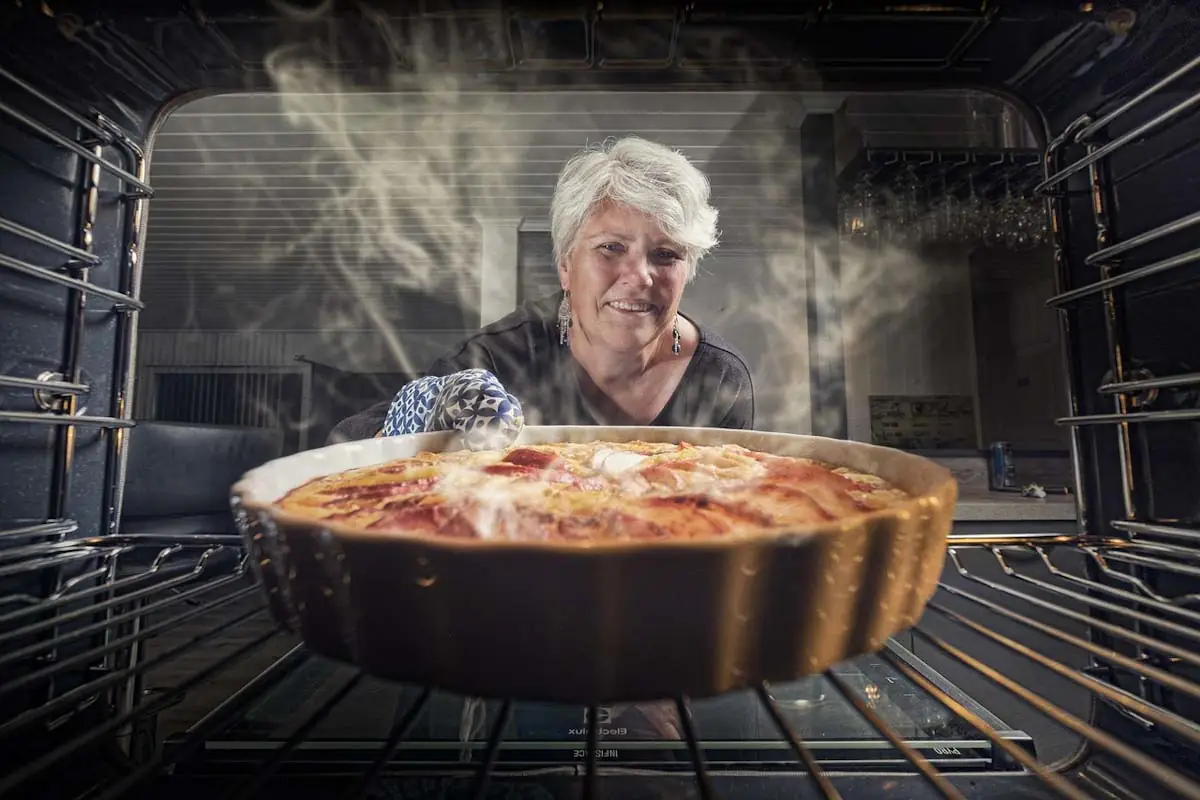
Understand The Concept of Baking
Baking at home has become a new trend over the last few years. You might have started just as a pastime or a hobby. Maybe you are a budding baker aspiring to be a professional. The baking process involves precise and methodical processes, with an eye for details and an understanding of techniques. It is a versatile and creative art, that can be relaxing to a stressed-out mind. The world of baking is enormous. There is always something new to learn and explore. Whichever stage you are in, you need to understand the concept of baking. In this lesson, we are going to dive into the world of baking! Stay on with us!
A brief history of baking
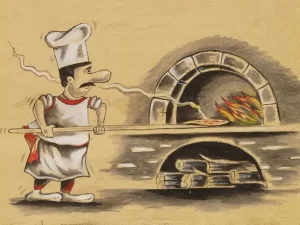
While preparing food we use different concepts in our kitchen. Steaming and frying are one of the most common ones. Cooking food using dry heat is the process known as baking. Baking is not a new concept. Our ancestors have used techniques of baking in their regular life for a long time now. Thousands of years ago, people used to place the food they wanted to cook on a flat rock and surround them with other rocks to trap heat. They used to soak and grind grains to a broth-like paste and poured onto these rocks. The rocks used the heat of the sun. The end product would be similar to that of bread. Later they started to roast on hot ambers.
Brick ovens came in later on and these still exist in many bakeries all over the world. This heat was generated by burning wood or other fuel in the oven. In India, the method of the open fire was used for baking bread like naan, pita bread etc. The dough would be placed on a hot stone or directly on the fire. Archaeologists have found proof that yeast was used during the Egyptian Civilization era. Greeks and Romans were known for their elaborate desserts and cakes. Baked items had become a popular trade. Baking became a profession long ago.
Modern Techniques
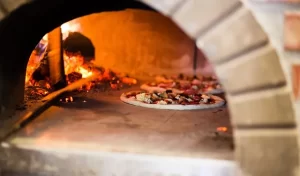
Modern techniques involve the use of the oven. The use of Dutch Oven is quite common nowadays. You can use a Dutch oven over an open fire. It is a cast-iron pot with a tight-fitting lid. You can make bread, stews and other baked goods. Another common oven that we use in today’s modern world is the Oven Toaster Grill, also known as OTG. You can also bake using a microwave oven. We would need a Microwave Oven with a Convection feature.
Baking and its Role in Cooking
As already explained, baking is a cooking method that uses dry heat to cook food. Baking is typically carried out in an oven, but it is not limited to cakes and desserts only as it can be used for other dishes as well. Being a versatile method of cooking food, savoury dishes like pizzas, lasagnas, baked meat and vegetable are equally popular and tasty.
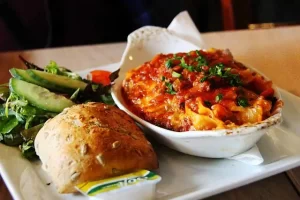
People consider baking both an art and a science. It is a balance of ingredients and techniques. Knowledge of the ingredients and techniques involved helps create perfect baked goods. Ingredients and techniques involved differ from product to product. They will differ for cakes and bread. Similarly, if you are trying out a croissant, the techniques will be entirely different.
Understanding the ingredients and techniques involved in baking can help you create a wide range of cakes, bread, cookies, pastries etc. Since baking can be considered science, precise measurement is the key to success.
Science behind baking
Baking is a complex chemical process involving reactions that occurs between the ingredients used. These reactions are essential for creating a perfect baked product. In this section, let us understand the concept in a simple manner.
Heat and the Maillard Reaction
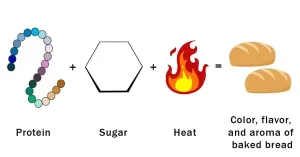
During the process of baking, when heat is applied, some reactions are initiated. Every one must have noticed that a baked product usually has a brown top. This reaction is scientifically known as Maillard Reaction, named after the French chemist, Louis Camille Maillard. This is responsible for the browning and flavour development of many different types of foods. The reaction occurs when heat is applied to sugars and amino acids, creating a chemical reaction that produces a brown colour and a complex flavour profile.
Leavening Agents and the Role of Carbon Dioxide
Leavening agents are substances that are used to create air pockets in baked goods, giving them a light and fluffy texture. Carbon dioxide is the most common leavening agent, and it is created through a variety of processes, including the reaction between baking powder or baking soda and acid, the fermentation of yeast, and the physical mixing of ingredients. This process creates pockets of air in the batter, which evaporates during the process of baking. This leaves small holes in the baked product. And these are responsible for making the product soft and fluffy.
Flour and Gluten Formation
Flour is a critical ingredient in baking, as it provides the structure and texture of baked goods. Mixing flour with water forms gluten, which gives dough its elasticity and chewiness. Different types of flour have different gluten content, and the type of flour used in a recipe will affect the final product.
Sugar and the Browning Process
Sugar is not only a sweetener, but it also plays a crucial role in the browning process. Heating sugar causes it to caramelize. This results in a brown colour and a rich, nutty flavour. The amount of sugar used in a recipe can affect the degree of browning and the flavour of the final product. So, the next time you enjoy the brown edges of a cake, thank sugar for that!
Fats and Emulsification
In baking, you use fats to add flavour, texture, and moisture to baked goods. They also play a critical role in emulsification, which is the process of mixing two or more ingredients that do not normally mix, such as oil and water. Emulsification is essential in baking because it helps to keep baked goods moist and tender. We will deal with emulsification in detail in the following lessons. As of now, understand that the presence of fat in a recipe is very important. Fat can be present in a recipe in the form of oil, butter, browned butter, clarified butter etc. Not to forget the egg yolks. They add up to the percentage of fat in the recipe.
In conclusion, understanding the concept of baking is crucial for creating perfect baked goods every time. The science behind the process is equally important to understand. The heat and Maillard reaction, leavening agents and carbon dioxide, flour and gluten formation, sugar and the browning process, and fats and emulsification are all essential elements in the baking process. Now that you know quite a few things about the concept of baking, by mastering these fundamental principles, you can become a confident and successful baker, creating delicious and beautiful baked goods every time.
See you in the next lesson. Till then Happy Baking!!


